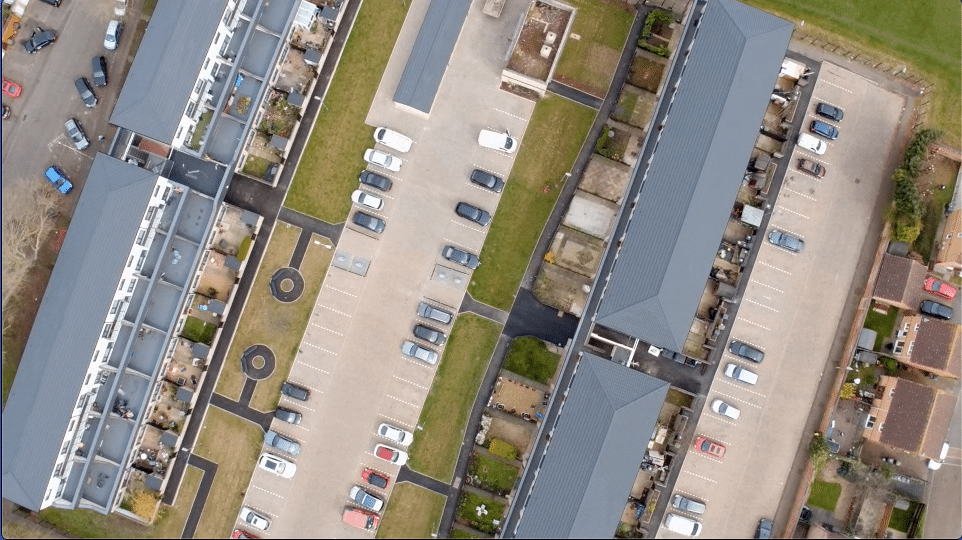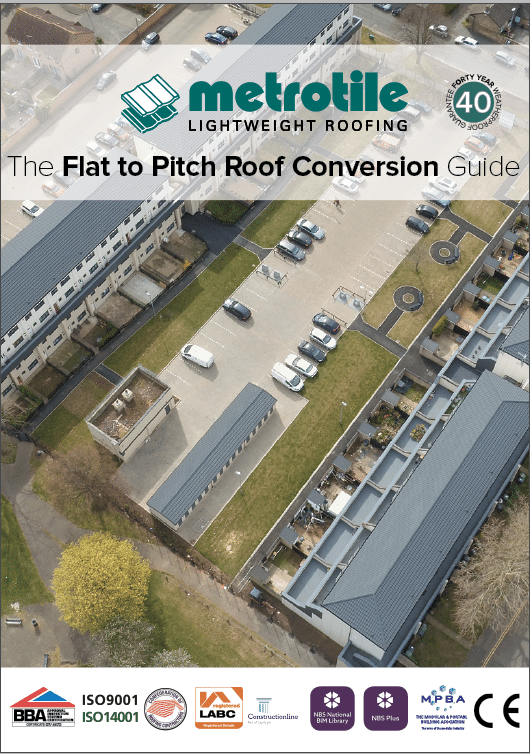Low pitch roof solutions

Looking for low pitch roof tiles?
Perhaps you’re considering a single-storey extension to your home? Or maybe you have a flat roof that’s letting in rain, and your builder has advised a slight raise to allow for water run-off?
A low pitch roof, with a slope of under around 17.5˚, can solve a number of key building issues. However, there’s several things you need to consider before taking the plunge – so read on for the full picture on pitches!
The rise of low pitches
In the past decade, UK house prices have largely been going one way: up, up, and up.
So squeezed families have been looking to maximise the home they’ve got, rather than moving to a larger house.
One popular home-expansion project is a single-storey extension, perhaps to enlarge a pokey kitchen or maybe even to create an annexe for a granny or a teenager.
Another is converting a garage into a family room.
Planning rules have recently been relaxed to make these home extensions and conversions simpler and cheaper.
Yet to avoid clashing with upstairs windows, or blocking out a neighbour’s light, roof pitches have to be kept low.
Fortunately, new developments in building materials such as low pitch roof tiles have made such extensions an increasingly simple, cost-effective and attractive option.
Key considerations for low pitch roofs
If you’re looking to raise a flat roof into a low pitch one, be warned: without proper care, many of the problems can persist, though less severely.
The biggest issue for both flat and low pitch roofs is the strain they place on lateral walls, potentially causing cracks and letting in water.
While low pitch roofs do allow more rain run-off than flat roofs, they can still collect moisture, gradually weighing down the roof and cause cracks.
Moss, dirt and other debris can collect more easily on a flat or low pitch roof, again placing too great a burden on the structure and leading to damage.
All in all, a too-shallow pitch could get you ankle-deep in rainwater unless you plan, prepare and cover it correctly.
Make sure you cover your rafters with a tough, non-porous, lightweight tile!
Minimum pitch for a tiled roof
Traditionally, tiles could be used only on pitches of 20˚ or more for fear of placing too great a burden on the roof.
Any lower, and you had to cover your roof with a UPVC membrane – rarely considered an aesthetically pleasing option, and particularly unsightly once covered in moss and dirt!
However, new low pitch roof tiles are broadening the possibilities, offering a wider variety of profiles, finishes and colours on pitches as low as 10˚.
They include Metrotile, which is made from lightweight steel and weighs around one-eighth of a concrete tile.
More robust, lower maintenance, longer lasting and better looking than UPVC membrane, lightweight metal tiles counter the problems associated with low pitch roofs, making them a highly attractive option for your home extension.
How to insulate a low pitch roof
It’s estimated that a third of the heat you pay for in your home is lost through the roof. To keep your home toasty, cut your energy bills and protect our planet, insulation is essential.
However, your roof also needs to be ventilated to allow moisture to escape, and your timbers have to breathe.
In very small roof spaces, it can be hard to get the balance between insulation and ventilation.
It’s even harder to access these areas to retrofit traditional insulating materials such as glasswool, rockwool or cellulose.
One increasingly common option for very low pitches is spray polyurethane foam, which takes up less space than traditional types of insulation and can be more breathable.
A specialist firm can advise if it’s a suitable option for your roof space.
